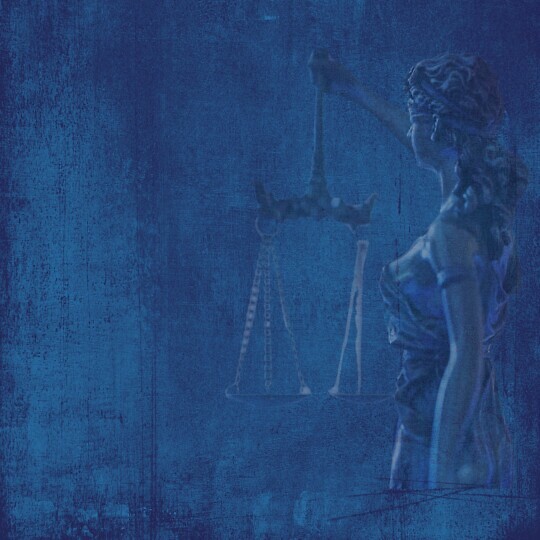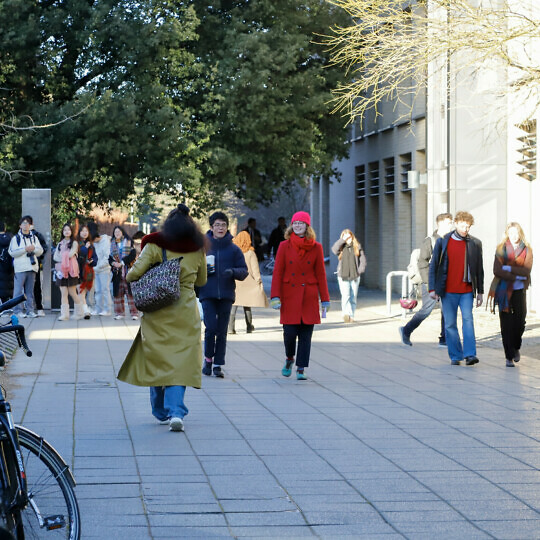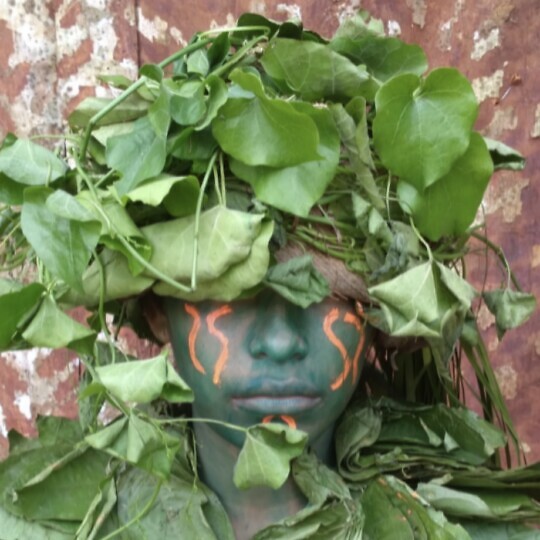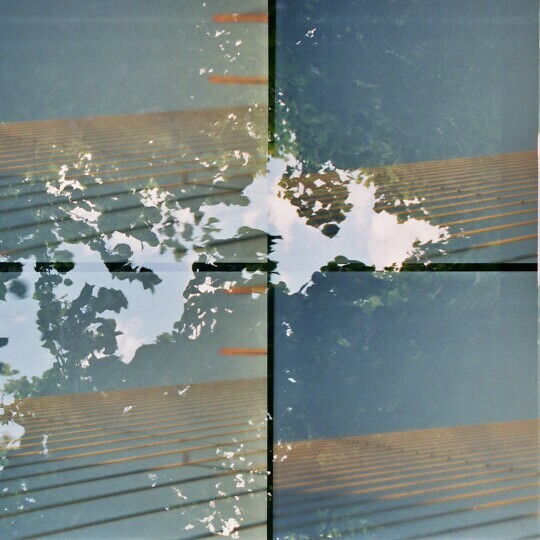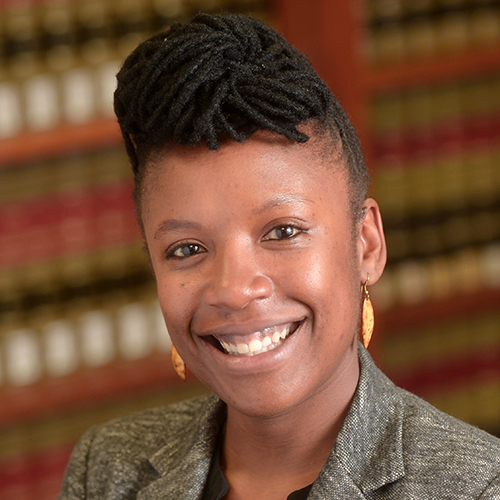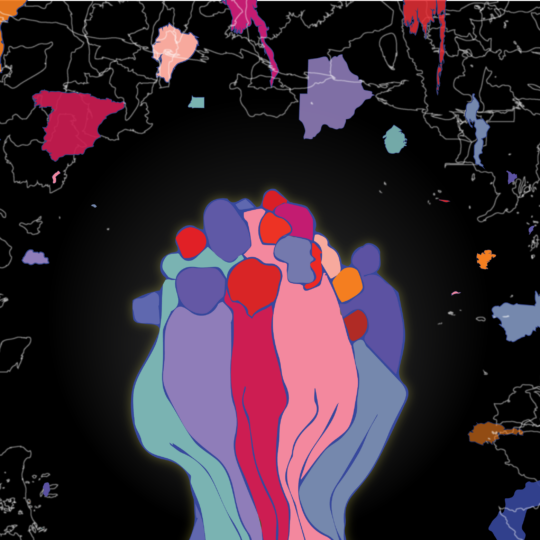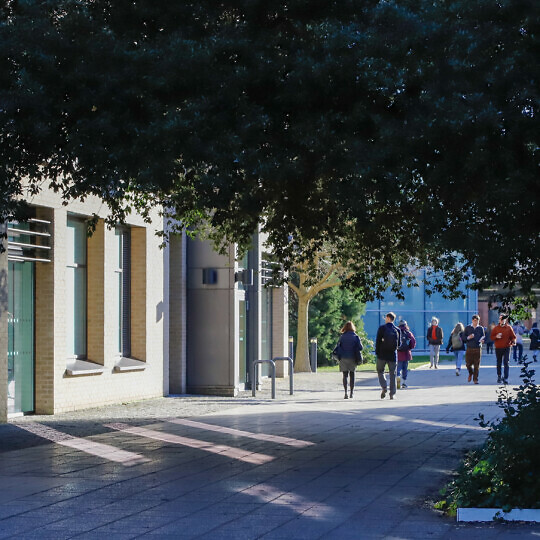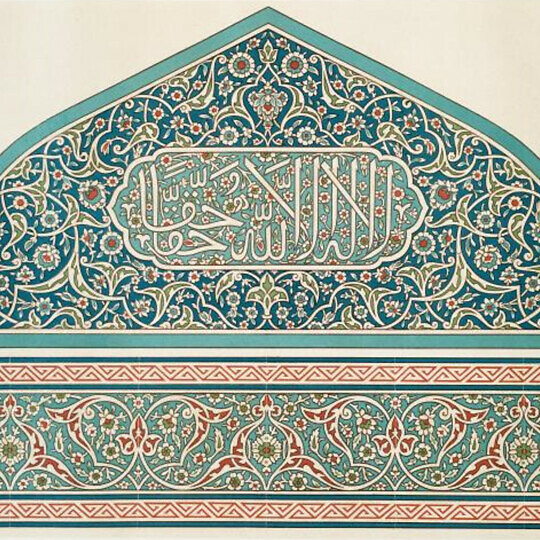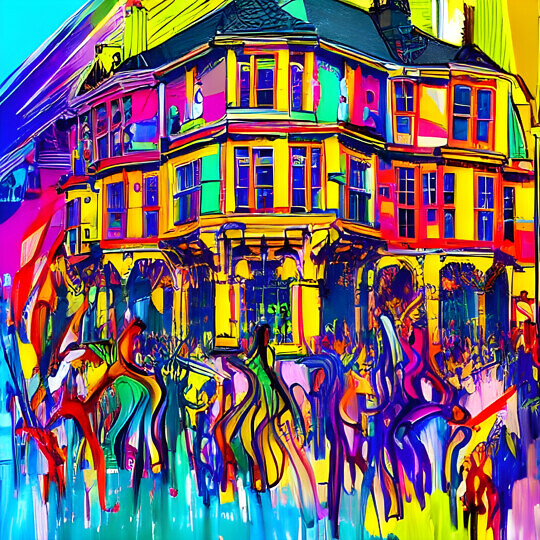| 10 May 2019 - 11 May 2019 | All day | Room SG1/2, CRASSH, Alison Richard Building, 7 West Road, Cambridge, CB3 9DT | |
- Description
- Programme
- Abstracts
Description
Registration for this conference is now closed.
Convenors
Jason Scott-Warren (University of Cambridge)
Caroline van Eck (University of Cambridge)
Summary
‘As social persons, we are present, not just in our singular bodies, but in everything in our surroundings which bears witness to our existence, our attributes, and our agency’. This is the contention of the anthropologist Alfred Gell, who in his posthumous study Art and Agency (1998) elaborates the idea that personhood is distributed, extending outwards into the world through a variety of artefacts and technologies. Material things have an excessive and sometimes bizarre power to distribute the self, facilitating the transmission of human and divine agency over vast tracts of space and time. Gell invites us to think of the objects that serve this purpose as exuviae: remnants, relics, cast-offs or spoils, which while they have been separated from their host remain a part of it, or sometimes the whole of it, as a relic manifests a saint. Considered as exuvial, a portrait is not a dead and distant representation; it is part of its sitter, which continues to manifest life and presence once it has been sent out into the world. And many other kinds of object play a similar role.
On the twenty-first birthday of Art and Agency, this conference will explore Gell’s notion of the exuvial in all of its multiplicity and richness. Bringing together experts from a variety of disciplines, it will pursue some of the numerous ways in which the self has been circulated, around the world and across history. Our comparative study will take us from the intimately bodily (hair, teeth, skin), via coverings such as clothing and armour, to material media such as printed books and painted panels. We will also take in more intangible social skins such as fame, gossip and reputation, as well as posthumous avatars such as ghosts, souls and children. Among the questions that we will ask are: what historical forces conspire to give artefacts the power to transmit presence and personhood? How do different kinds of exuviae work together, and how do objects compete with one another for exuvial status? What happens when a whole class of objects is barred from exerting any exuvial force? Our presupposition is that many cultural variables come together to shape the story of human distributions. By exploring these variables, we will achieve a fuller understanding of our place in the world of things.
Sponsors
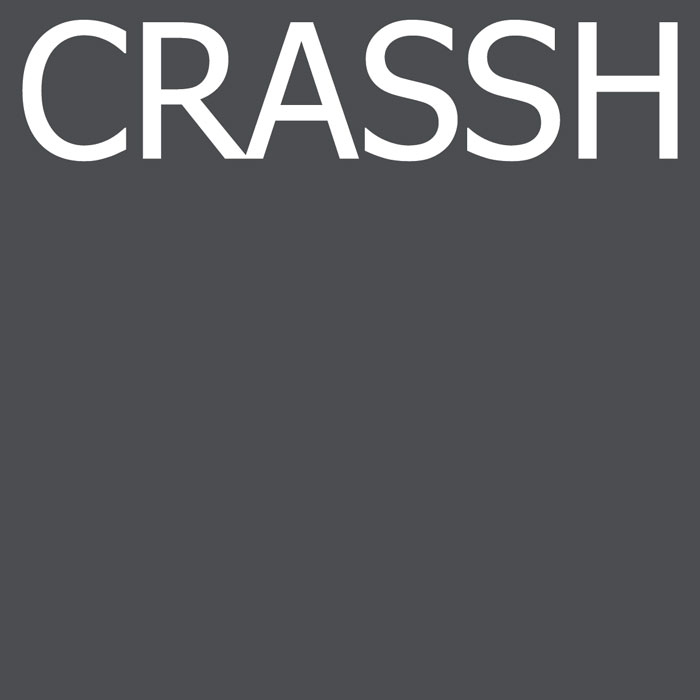


Supported by the Centre for Research in the Arts, Social Sciences and Humanities (CRASSH), the University of Cambridge's Faculty of English, the University of Cambridge's Centre for Visual Culture (Department of History of Art), and King's College.
Administrative assistance: events@crassh.cam.ac.uk
Unfortunately, we are unable to arrange or book accommodation for registrants. The following websites may be of help:
Programme
| Day 1 - Friday 10 May | |
| 10.30 - 11.00 | Registration and Tea/Coffee |
| 11.00 - 11.15 | Introduction Jason Scott-Warren and Caroline van Eck (University of Cambridge) |
| 11.15 - 12.45 | Session 1: Religion and Presence Chair: Donal Cooper (University of Cambridge)
Robert Maniura (Birkbeck, University of London) ‘Making and Maintaining an Idol’
Urte Krass (Universität Bern) ‘The Miraculous Crucifix of Lisbon 1640 – And Why it Was Successful’ |
| 12.45 - 14.00 | Lunch |
| 14.00 - 15.30 | Session 2: Human Remains Chair: Caroline van Eck (University of Cambridge)
Frédéric Keck (CNRS, Laboratoire d'Anthropologie Sociale Paris) ‘How do Human Remains have Agency? Microbiology and Causality Inside and Outside Museums’
Sarah Tarlow (University of Leicester) ‘Glamour and Transgression: The Contested Bodies of Executed Criminals’ |
| 15.30 - 16.00 | Break |
| 16.00 - 17.30 | Plenary Carlo Severi (EHESS and CNRS Paris) ‘On Agency and Ritual Action’ |
| Day 2 - Saturday 11 May | |
| 9.30 - 11.00 | Session 3: Books and Buildings Chair: Alexandra Walsham (University of Cambridge)
Warren Boutcher (Queen Mary University of London) ‘Literary Objects and their Nexuses: A Gellian Theory of Literary History’
Stijn Bussels (Universiteit Leiden) ‘Beyond Relics: The Amsterdam Town Hall and the Existence of God’ |
| 11.00 - 11.30 | Break |
| 11.30 - 13.00 | Session 4: Portraits and Presence Chair: Jessica Berenbeim (University of Cambridge)
Ludmilla Jordanova (Durham University) ‘Portraiture and Distributing the Self’
Alanna Cant (University of Kent) 'The Face of the Saint: Abduction, Immanence and the Problem of Identity in a Mexican Saint’s Image' |
| 13.00 - 14.00 | Lunch |
| 14.00 - 15.30 | Session 5: Material Entanglements Chair: Liana Chua (Brunel University London)
Arnaud Dubois (Musée des arts et métiers-Cnam, Paris) ‘Colour as Action in Papua New Guinea: From Forge’s “Power” to Gell’s “Adhesiveness”’
Emma Tarlo (Goldsmiths, University of London) ‘Hairy Hauntings: Some Problems of Disentangling Hair from Persons and Persons from Hair’ |
| 15.30 - 16.00 | Break |
| 16.00 - 17.00 | Concluding Roundtable |
Abstracts
Warren Boutcher (Queen Mary University of London)
'Literary Objects and their Nexuses: A Gellian Theory of Literary History'
This paper will describe ongoing efforts to take some of Gell’s groundbreaking ideas as the basis for a practical and flexible methodology for literary history. The effort began in The School of Montaigne in Early Modern Europe (2 vols, OUP, 2017) but now continues in relation to a large new collaborative project: Europe: A Literary History, 1550-1660, with c.100 contributors, contracted to OUP. The methodology will need to convince and include scholars not only in literary and art studies, but in history, anthropology, and other disciplines. It will need to depart from literary objects and the kinds of nexuses in which they acted, or mediated agency relations, in the historical field. It will, as part of this, involve retrieving and respecting the ways in which participant-observers constituted and described literary objects at the time. For this reason, I will use examples taken from the travel journal of Michel de Montaigne, the sixteenth-century French essayist. I will start with his encounter with an exuvial relic of the Italian writer Boccaccio, in a bookshop in Florence. But I will go on to suggest that the real benefits of Gell’s theory for literary history lie in the sheer variety of types of nexuses and agency relations that it envisages.
Stijn Bussels (Universiteit Leiden)
'Beyond Relics: The Amsterdam Town Hall and the Existence of God'
In the Dutch Republic relics of Christ and the saints were under fierce Calvinist attack and had to give way to relics related to politicians. Body parts of the De Witt Brothers, major civil servants who supported the States-General against the Orange dynasty, were carefully preserved by the States party. The shift from religious to political relics made manifest an enormous void: what to address in moments of existential need or religious doubt? This void was felt all the more due to the Calvinist ban on cult images. The increasing lack of means to establish contact with the divine formed the basis for poetry and drama, e.g. Vondel’s Lucifer, but can be related to the visual arts and architecture as well. My paper discusses how architecture became a crucial locus not only to address the problem, but also to formulate solutions filling in the void, since texts and images present monumental architecture as a means of God to transmit His agency. The countless poems, paintings, prints, and drawings representing the Town Hall of Amsterdam inaugurated in 1655 show that this role of architecture was not restricted to churches, but extended to secular buildings.
Alanna Cant (University of Kent)
'The Face of the Saint: Abduction, Immanence and the Problem of Identity in a Mexican Saint’s Image'
Locked away in the sacristy of the parish church in Santa Cruz Mixtepec, Mexico, antique carvings, crucifixes and paintings gather dust. Santa Cruz was one of the first sites of Christian evangelization in the region; the ruins of its 16th century Dominican monastery are currently undergoing restoration. This heritage project has increased locals’ interest in all of the church’s historical objects, including a carving that they identify as San Jacinto (St. Hyacinth of Poland), who is understood to have been the village’s original patron saint. However, the art restorers and the parish priest identify this carving as San José (St. Joseph). This paper considers the implications of such divergent identifications for Alfred Gell’s model of the abduction of agency, when taken within the context of Catholic belief of the immanence of saints in their images. It argues that although such images clearly index distributed personhood, the kind of agency that is abducted by different parties as this personhood is distributed, varies significantly.
Arnaud Dubois (Musée des arts et métiers-Cnam, Paris)
'Colour as Action in Papua New Guinea: From Forge’s “Power” to Gell’s “Adhesiveness”'
In his unpublished and undated paper (circa 1976) ‘Art as an action in Papua New Guinea’, Anthony Forge (Alfred Gell’s doctoral supervisor) remarks that in PNG ‘mineral colours and vegetable dyes were employed on virtually every surface’. He emphasized that colour is indeed agglutinated into surfaces without any ontological distinctions between human bodies, artefact surfaces and natural things such as yam. Forge uses Gell’s idea of ‘the relationship between colour and natural processes’ (Gell 1975), that he calls the ‘vegetative fecundity’ to show that colourisation is the most artistic activity in PNG and that the ‘artistic process is the creation of power’ – both supernatural and temporal power – is made ‘visually apparent’ through paints. It seems that this unpublished text can be considered as the pivotal text to show the link between Forge’s concept of ‘power’ and Gell’s concept of agency mediated by their reflexion on colour efficacy in PNG and their emphasis on decorative surfaces. Drawing from an archival research I conducted at the Anthony Forge Papers of the University of California San Diego and an ethnography of Abelam artefacts at the Museum der Kulturen Basel, this presentation will attempt to explain how in PNG colour is conceptualized as a way to give life to things and to create ‘attachment between persons and things’ (Gell, 1998).
Ludmilla Jordanova (Durham University)
'Portraiture and Distributing the Self'
Portraiture provides a useful fund of examples for examining the nature of agency in visual culture, not least because in this genre it is indeed generally ‘distributed’. Using a range of brief case studies, my paper explores the forms of agency it is possible to discern and how they may be interpreted in portraits and their afterlives. It also considers what an ‘anthropological’ approach to the phenomena associated with portraiture might look like.
Frédéric Keck (CNRS, Laboratoire d’Anthropologie Sociale Paris)
'How do Human Remains have Agency? Microbiology and Causality Inside and Outside Museums'
The debate on the repatriation of human remains in museums has opposed those who consider them as embodiments of persons and those who study them as objects of knowledge. An investigation on the microbiome in human remains coupled with a repatriation project in Senegal shows that microbes sequenced in human teeth can be perceived as connecting persons to their environment. Reading Alfred Gell in line with Lucien Lévy-Bruhl, this talk will describe how microbes in human teeth participate to different regimes of causality depending on their modes of distribution.
Urte Krass (Universität Bern)
'The Miraculous Crucifix of Lisbon 1640 – And Why it Was Successful'
On 1 December 1640 a group of Portuguese noblemen revolted against the Spanish government and proclaimed the first Portuguese king since the end of the Avis dynasty in 1580. The success of the uprising had many reasons one of which (and by no means the least important) was the political use of images during the preparation and the implementation of the act. One of these images is especially interesting for a workshop that centers on Alfred Gells notion of ‘exuviae’: A crucifix on the bishop’s staff came to live immediately after the uprising, it lifted its right arm from the crossbar and gave its benediction to the insurrection. What is lesser known is the concrete history of the artifact in question: By reconstructing the itinerary and ‘pedigree’ of the crucifix, it becomes clear why this specific object was chosen to transmit human and divine agency through time and space.
Robert Maniura (Birkbeck, University of London)
'Making and Maintaining an Idol'
My paper discusses Gell’s comments on the animation of idols in the light of my work on miraculous images in the Christian tradition. I suggest that Gell’s externalist and internalist strategies can be understood to work in combination with captivation, which he discusses primarily in relation to decorative art, to trace a process by which an image is selected and consolidated as a focus of worship. The exuvial emerges strongly as a motif in the practices involved in the cults and the stories which articulate them, inviting consideration of the images themselves as exuviae.
Carlo Severi (EHESS and CNRS, Paris)
'On Agency and Ritual Action'
I shall raise two questions about the use that Gell makes of the concept of agency. The first concerns the network of social relationships in which an agency may be attributed to an object. The second concerns the morphology of the relationship between the object and the being/person it represents. I will argue that in ritual situations, the abduction of agency is doubly transformed. On the one hand, the ‘living artifact’ generates, in these contexts, a stable, strongly structured belief. On the other hand, the living artifact ceases to function as a mirror. It functions more like a crystal, which, by refraction, organizes in a single being different aspects of a plural identity.
Emma Tarlo (Goldsmiths, University of London)
'Hairy Hauntings: Some Problems of Disentangling Hair from Persons and Persons from Hair'
Hair has long been recognised as a body part that retains a powerful connection to persons even after becoming separated from them. This exuvial link has made it an ideal candidate for use in sorcery and worship as relic. These practices are found in such a wide variety of cultural contexts that it is tempting to accord them universal status. Yet hair is also a commodity in a thriving billion dollar market in which it is harvested in bulk, redistributed worldwide and where its connection to individual persons is severed in favour of its classification by semi fictive ethnic attributions or by the more general category of human. This paper explores the precariousness of acts of disconnection, tracking some of the ways and contexts in which hair remains haunted by the ghosts of its originators even after it has taken up residence on new heads thousands of miles away. The paper focusses in particular on anxieties expressed by members of orthodox Jewish communities in Europe, Israel and the United States in relation to the potential dangers of Indian hair used in Jewish wigs and on how, since publishing a book on the global trade in human hair in 2016, the anthropologist-author has been co-opted by these communities as an advisor on hair matters and an unintended participant in live controversies. In this way a book which tracks the distribution of persons through hair becomes a form of distributed person-connected knowledge about hair, re-entangling the author in the subject matter of her own book through the principle Gell identifies as volt sorcery.
Sarah Tarlow (University of Leicester)
'Glamour and Transgression: The Contested Bodies of Executed Criminals'
In the eighteenth and nineteenth centuries, the bodies of certain criminals, notably murderers, were subject to violent and gruesome post-mortem punishments. As part of, or resulting from, these treatments, bodies were taken apart and body parts entered the economy of things. They were conserved, displayed, traded, transformed, interpreted, contested, and used for economic gain, social prestige, medical and magical cures, as well as providing sentimental or transgressive thrills to new audiences.
This presentation considers some notorious body parts and their unusual afterlives. I will explore the ways in which the dangerous attraction – the glamour – of those body parts acted relationally in new contexts and thus, ironically, how punishments that were meant to obliterate the selfhood of deviant members of society ended up giving them more power and extending their agentive selves way past the point of their biological death.

